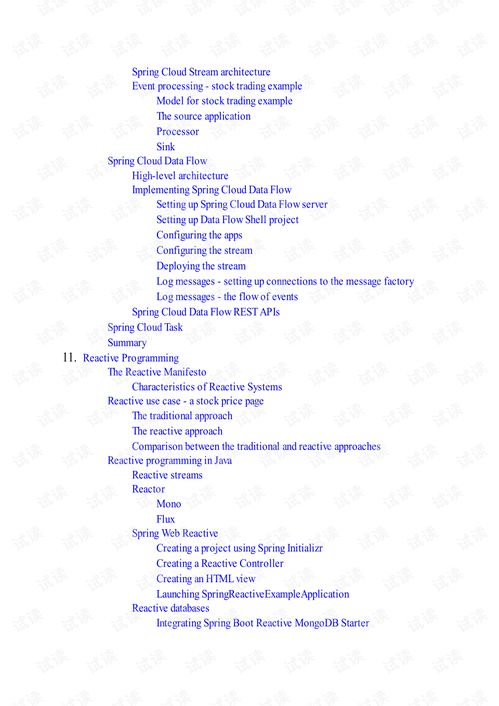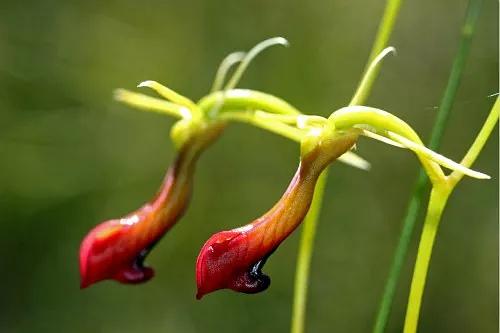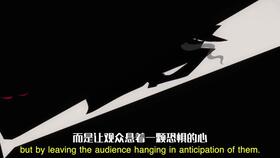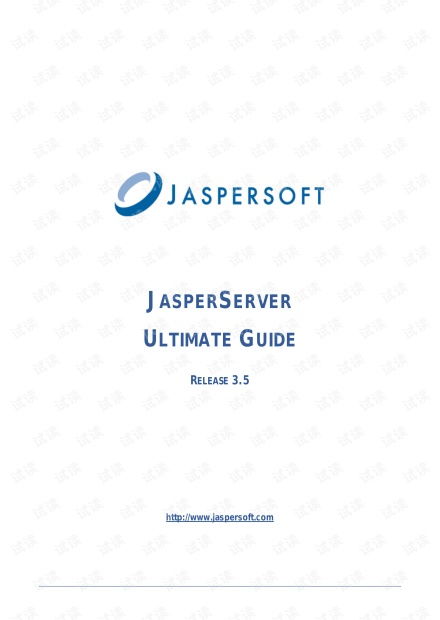As the sun dips below the horizon, casting a golden glow over the tranquil waters, the art of fishing becomes a serene dance between man and nature. For新手 (newcomers) to this ancient pursuit, mastering the skill of baiting can be the difference between a fruitful day on the lake and a frustratingly empty hook. In this article, we'll delve into the essential techniques and tips for beginner anglers looking to perfect their baiting skills.
Understanding the Basics of Baiting
Baiting is the process of placing food or lure in a specific area of the water to attract fish. It's a fundamental aspect of fishing that can significantly increase your chances of catching fish. Here's a breakdown of the key elements:
Choosing the Right Bait: The first step in successful baiting is selecting the right type of bait. This can vary greatly depending on the species of fish you're targeting and the environment you're fishing in. Live bait, such as worms, minnows, or crickets, can be highly effective, as can artificial lures like spinners or jigs. It's important to research the types of bait that are most appealing to the fish in your chosen body of water.
The Purpose of Baiting: Baiting serves two primary purposes. First, it attracts fish to the area by mimicking their natural food sources. Second, it keeps them there once they arrive. By understanding the habits and preferences of the fish you're targeting, you can create a more effective baiting strategy.
The Baiting Process: Once you've chosen your bait, the next step is to place it in the water. This is where the technique comes into play. Here's a step-by-step guide to help you get started:
Step 1: Find the Hotspot
Before you start baiting, it's crucial to find a hotspot. This could be an area with a lot of vegetation, near a structure, or where you've had luck in the past. Use your fishing rod to probe the water, feeling for changes in resistance that might indicate the presence of fish.
Step 2: Choose the Right Baiting Method
There are several methods for baiting, each with its own advantages and disadvantages. Here are a few common techniques:
- Drop Shotting: This involves dropping your bait directly onto the bottom and then slowly retrieving it. It's great for targeting fish that are near the bottom.
- Worming: This involves placing a piece of bait, such as a worm, on the hook and then casting it out. It's a versatile technique that can be used in various conditions.
- Jigging: This involves moving the bait up and down in the water column. It's effective for attracting fish that are suspended in the water.
Step 3: Place the Bait
Once you've chosen your method, it's time to place the bait. If you're using live bait, make sure it's securely attached to the hook. If you're using artificial lures, adjust the rigging to ensure the bait moves naturally in the water.
Step 4: Wait and Watch
After placing the bait, give it some time to work. Fish can be unpredictable, so patience is key. Keep an eye on your line for any signs of movement or resistance, which might indicate a bite.

Advanced Tips for Beginner Anglers
- Experiment with Different Baits: Don't be afraid to try different types of bait to see what works best in your particular fishing environment.
- Keep Your Bait Fresh: The freshness of your bait can make a big difference in attracting fish. If you're using live bait, make sure it's lively and well-cared for.
- Understand the Weather: Weather conditions can greatly impact fish behavior. On hot, sunny days, fish may be more active, while on cooler, overcast days, they may be more inactive.
- Practice Your Technique: Like any skill, baiting takes practice. Spend time on the water, experimenting with different techniques and observing the behavior of the fish.
Conclusion
Baiting is an essential skill for any angler, and with the right knowledge and practice, even beginners can master it. By understanding the basics of baiting, choosing the right bait, and using the proper techniques, you'll be well on your way to becoming a more successful angler. So, grab your rod, find a peaceful spot by the water, and start practicing your baiting skills. Happy fishing!












